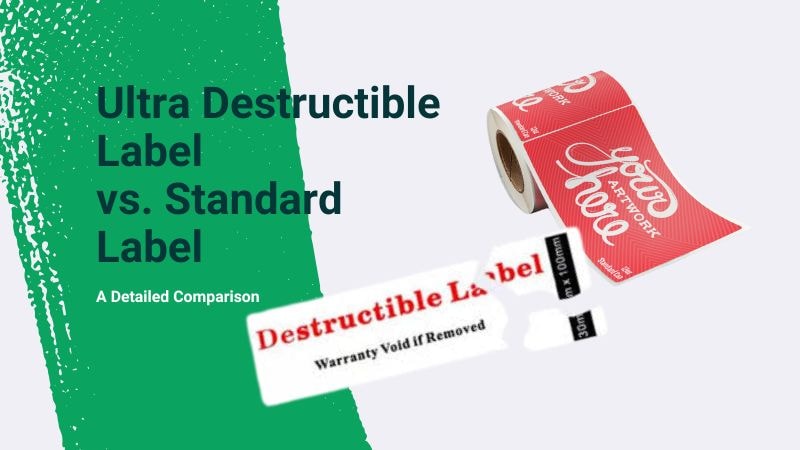When it comes to labeling, you have two main choices: standard labels and ultra-destructible labels. Standard labels offer basic protection but not tamper resistance. That’s why many businesses are turning to tamper evident label solutions—ultra-destructible labels.
In this article, we will compare ultra-destructible labels with standard labels, examining their differences in terms of durability, security, cost, and ease of use. By understanding these distinctions, businesses can determine which one is the best fit for their packaging and security needs.
What Are Ultra Destructible Labels?
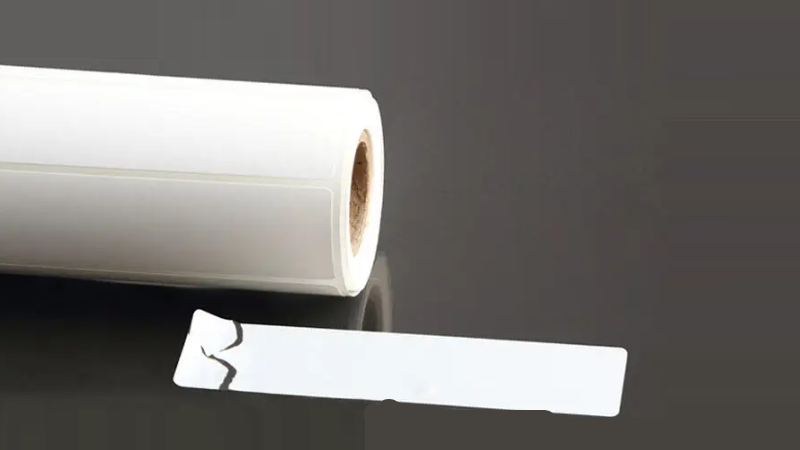
Ultra-destructible labels are specialized labels designed to leave clear, irreversible evidence of any attempt to remove or tamper with them. Their primary function is to provide tamper evidence, acting as a visual deterrent and a means of verifying product or asset integrity.
Key features of ultra-destructible labels include:
- Self-Destructive Design: Break into fragments or reveal a “VOID” message when removed.
- Irreversible Tamper Evidence: It is impossible to reapply without clear signs of tampering.
- High Durability: Made from materials resistant to removal attempts.
- Applications: Commonly used for electronics, asset protection, and sensitive packaging.
Beyond the standard “VOID” message, labels can be printed with unique serial numbers, barcodes, or logos, further enhancing traceability and security. This allows for individual product identification and tracking, enabling efficient inventory management and anti-counterfeiting measures.
What Are Standard Labels?
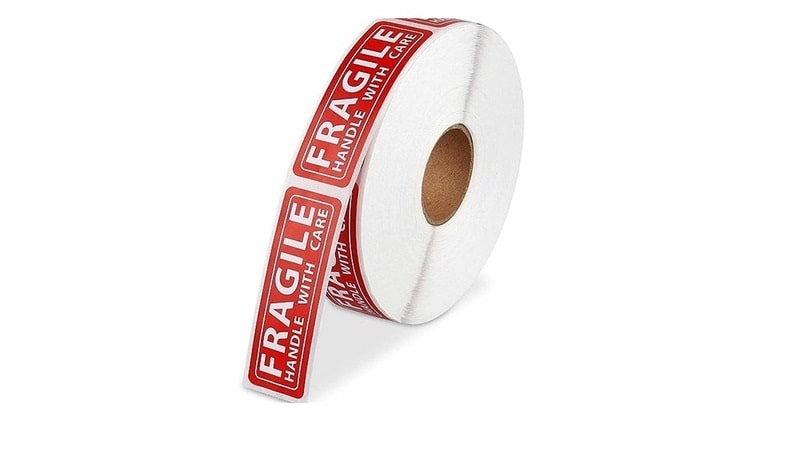
Standard labels are common adhesive labels used for identification and information purposes. They are typically made from paper, vinyl, or other readily available materials and are easily applied and removed. Their primary function is to provide information such as product names, barcodes, instructions, or warnings.
Key features of standard labels include:
- Cost-Effective Solution: Inexpensive and readily available for various labeling needs.
- Ease of Use: Simple to apply and remove without leaving residue.
- Non-Security Design: Not intended to provide tamper evidence or resist removal.
- Applications: Common in retail, packaging, and office use.
Some standard labels are also compatible with advanced printing technologies, enabling high-resolution images and logos to be included for improved branding and consumer engagement.
Key Differences Between Ultra-Destructible Labels and Standard Labels
When deciding between ultra-destructible labels and standard labels, it’s important to consider several factors, such as durability, security, ease of application, and cost. Each label type offers distinct advantages and drawbacks depending on the specific requirements of the product or business.
Difference 1: Durability
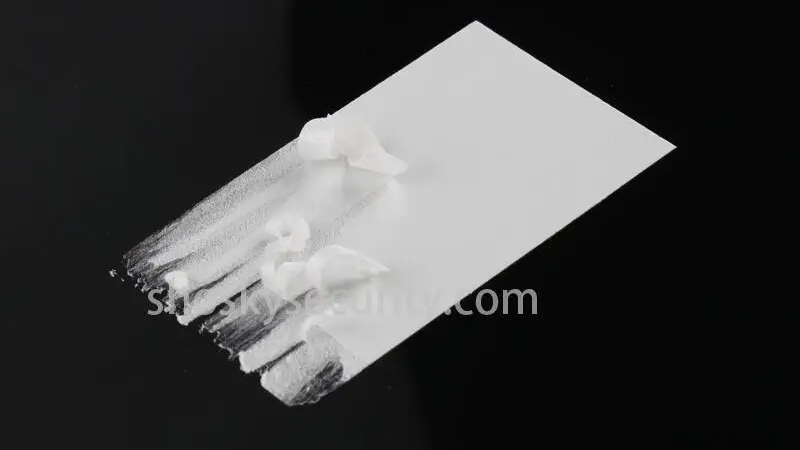
Ultra-destructible labels are designed to endure the challenges of tampering attempts. The high-quality materials and sheets used in these labels are more resistant to environmental factors like extreme temperatures or moisture compared to standard labels, ensuring the tampering evidence remains visible even under challenging conditions.
On the other hand, standard labels are less durable and may fade, peel, or wear over time, especially under harsh conditions. While suitable for general packaging and everyday orders, they do not offer the tamper resistance or durability needed for shipping sensitive items or exposure to extreme environments.
Difference 2: Security
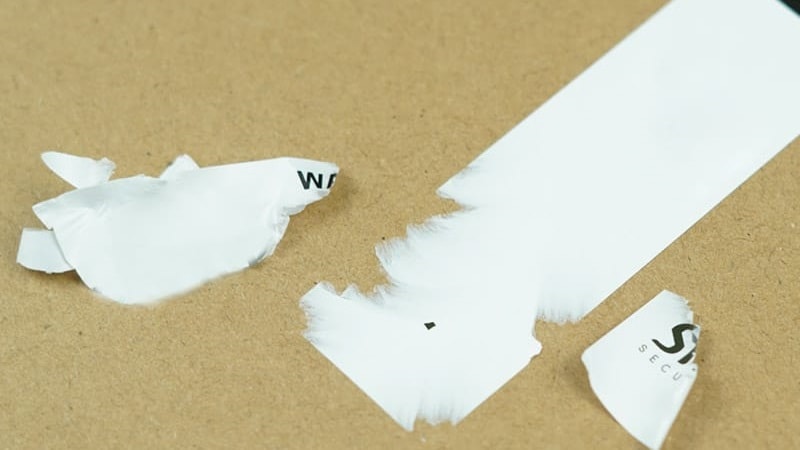
Ultra-destructible labels offer a much higher level of security, with tamper-evident technology features that immediately indicate if the label has been altered or removed. This makes them perfect for protecting high-value or sensitive items, especially in shipping, where security is crucial.
In contrast, standard labels provide minimal security. They can be easily removed without leaving any evidence of tampering, making them unsuitable for products that require secure shipping or protection from unauthorized access. These labels are more appropriate for general packaging or less sensitive orders.
Difference 3: Ease of Application
Ultra-destructible labels can be more challenging to apply than standard labels. Their fragile nature requires careful handling to ensure proper adhesion to the surface, particularly on curved or uneven surfaces. This can slow down the application process, potentially impacting productivity in a high-volume workplace. The application process may also require specialized training to avoid damaging the label during placement.
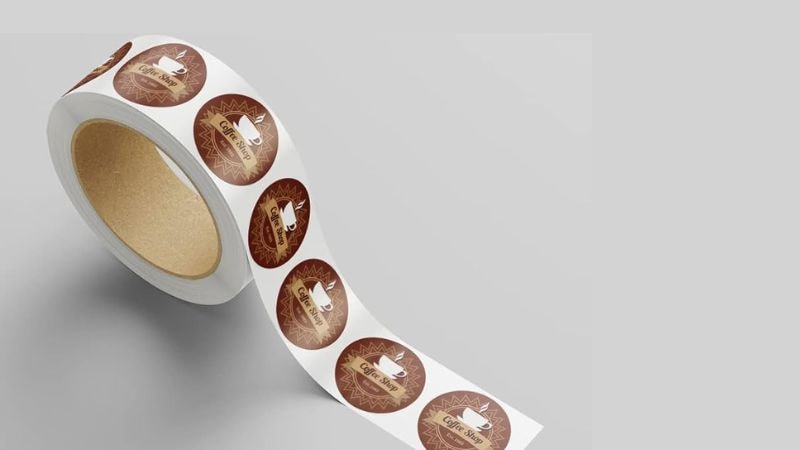
Standard labels, however, are simple to apply. They are readily compatible with high-speed inkjet and laser printing methods, making them ideal for mass production. Their robust construction allows for easy handling and application, even on curved or uneven surfaces, without significantly impacting efficiency or requiring specialized training. This ease of use contributes to their widespread adoption across various industries and packaging processes.
Difference 4: Cost
The cost of ultra-destructible labels is generally higher than that of standard labels. While they might be printed using common methods like inkjet or laser printing, the specialized materials increase the overall expense. This higher cost reflects the increased security and tamper-evidence they provide, making them a worthwhile investment for businesses prioritizing high-security applications.
Standard labels, conversely, offer a more cost-effective solution, particularly when purchased in bulk. The ability to print hundreds of labels quickly and efficiently using standard laser or inkjet printers further reduces the overall price per page. This makes them the preferred choice for businesses with basic labeling needs where high-level security isn’t a primary concern.
Difference 5: Information Conveyed
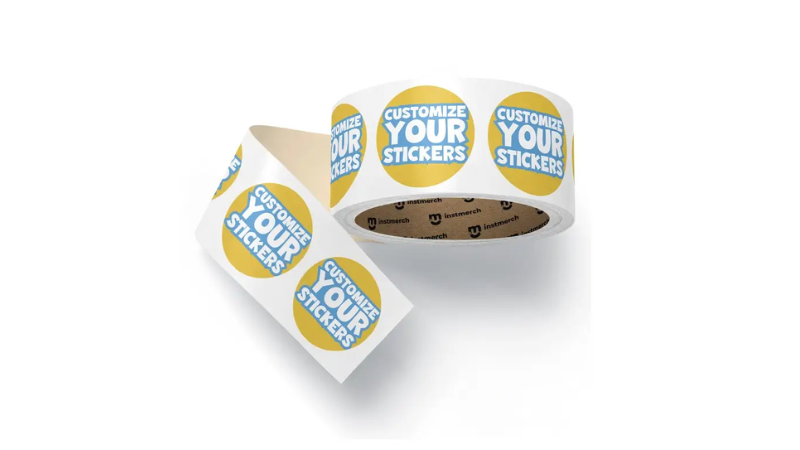
Ultra-destructible labels primarily focus on conveying tamper evidence. While they can include additional information, their main purpose is to provide irrefutable proof of any attempt to compromise the seal.
Standard labels, in contrast, are designed to convey a broader range of information, including product details, barcodes, instructions, and warnings. Their focus is on clear communication, not tamper evidence. They may include simple serial numbers, but these are not designed to provide the same level of security as those found on ultra-destructible labels.
Advantages and Disadvantages of Each Label Type
Label Type | Advantages | Disadvantages |
Ultra-destructible Labels |
|
|
Standard Labels |
|
|
When to Use Ultra-Destructible Labels
High-Value Goods
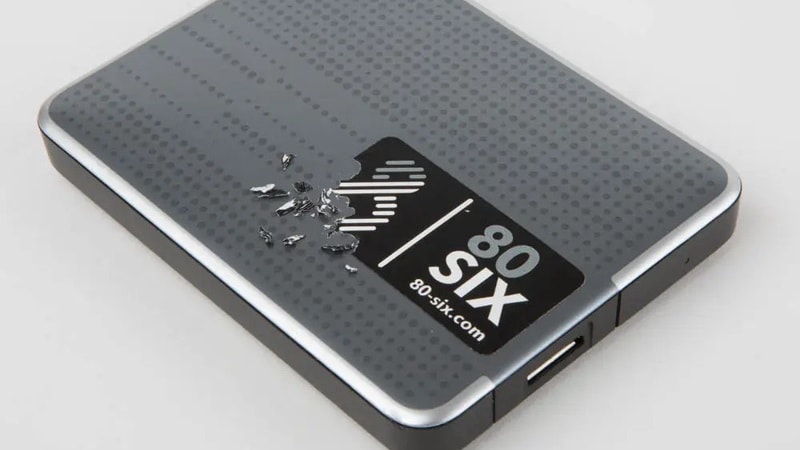
Ultra-destructible labels are essential for protecting high-value products. For luxury goods, electronics, or expensive equipment, their ability to detect tampering immediately can prevent loss and ensure that the products are in their original, untouched state. These labels are ideal for situations where theft, unauthorized access, or tampering can severely affect the product’s value or integrity.
Sensitive or Confidential Products
For sensitive or confidential items—such as documents, pharmaceutical products, or high-security technology—ultra-destructible labels are crucial. Their superior tamper-evident features help businesses maintain the confidentiality and security of their products. Whether it’s a batch of pharmaceuticals, legal documents, or confidential prototypes, using ultra-destructible labels ensures that these items remain secure throughout their lifecycle.
Compliance in Regulated Industries
Ultra-destructible labels are commonly used in regulated industries. Many regulatory bodies require tamper-evident measures to protect consumers and ensure product integrity. Ultra-destructible labels meet these requirements by providing clear evidence of tampering, making them ideal for industries that face strict oversight. Their use ensures adherence to regulatory standards and protects both the business and consumers from potential harm.
When to Use Standard Labels
General Consumer Products
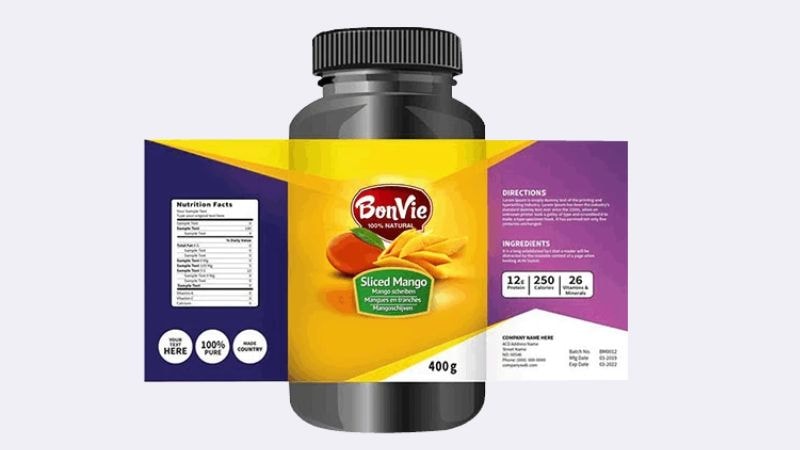
Standard labels are suitable for non-sensitive, everyday packaging. These labels are commonly used in industries where tamper-evidence is not a primary concern. For general consumer products such as clothing, household items, or food packaging, standard labels are available in various sizes (different widths and heights) and offer an effective way to display branding, pricing, and product information.
Low-Risk Packaging
For low-risk packaging, standard labels provide a cost-effective and practical solution. Items of low value or those not containing sensitive information are well-suited to this type of labeling. The ease of use, coupled with the ability to create labels in various sizes using readily available templates and sheets, makes them ideal for everyday consumer goods and packaging that is not subject to significant handling risks or security threats.
Bulk or Mass Production
Standard labels are perfectly suited for high-volume production where speed and cost-efficiency are paramount. Industries needing to label hundreds or thousands of products quickly — find standard labels an easy and fast solution. Their simple application, low cost, and ability to print numerous labels per page from readily available templates and sheets create a streamlined process. This makes them ideal for businesses with high-volume manufacturing.
How to Choose the Right Label for Your Business
Assess Your Product’s Security Needs

When it comes to selecting the right type of label for your product, assessing its security needs is crucial. If your item is high-value or sensitive, such as electronics or luxury goods, choosing ultra-destructible labels is recommended. These labels provide the necessary security features to ensure the integrity of high-security goods during shipping.
For products with lower security requirements, standard labels offer a simple and cost-effective solution. Standard labels can be easily created using templates and sheets, making them a convenient choice for various container types and product heights. Their simplicity ensures a streamlined labeling process, perfect for businesses engaged in high-volume manufacturing or packaging.
Cost-Benefit Analysis
When choosing a label for your business, it’s important to weigh the costs against the potential benefits. Ultra-destructible labels are generally more expensive than standard labels due to the advanced technology and security features they offer. For businesses that require high levels of protection or compliance with industry regulations, the added investment in ultra-destructible labels may be worth it.
For businesses with a limited budget or products that don’t face significant security risks, standard labels are a cost-effective solution. While they don’t offer the same level of security, standard labels can still provide basic functionality such as branding, identification, and information display. If your products don’t require stringent security measures, opting for standard labels can offer substantial savings.
Long-Term Value and Branding Considerations
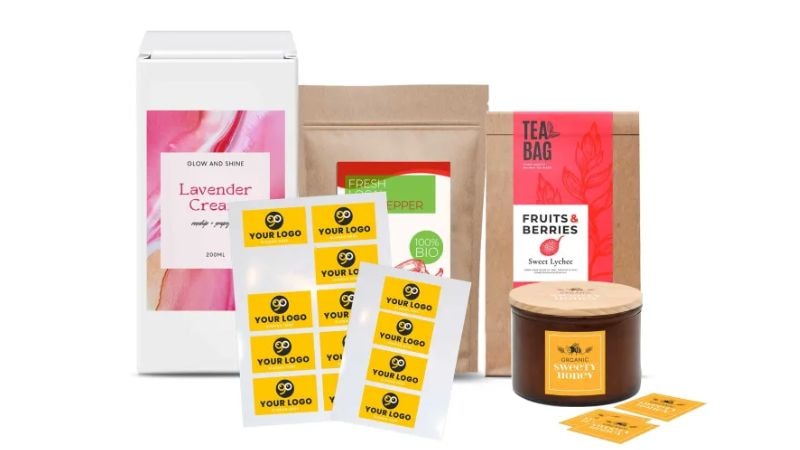
Beyond immediate needs, long-term value and branding considerations play an important role in choosing the right label. Ultra-destructible labels are focused on brand reputation and security. By using these labels, businesses can signal to consumers that they prioritize product integrity and security, and over time, they can help build consumer confidence and loyalty.
However, if your business is focused on branding but does not deal with high-risk products, standard labels may be a more practical choice. They can still offer visibility and support your brand identity at a lower cost. As part of a broader branding strategy, standard labels can serve as an effective tool for businesses that need functional labeling without the additional investment in security features.
FAQs
Are ultra-destructible labels more expensive than standard labels?
Yes, ultra-destructible labels are generally more expensive due to their advanced tamper-evident features and security capabilities.
Can ultra-destructible labels be customized for branding purposes?
Yes, ultra-destructible labels can be customized with logos, colors, and other branding elements to suit your business needs.
How can I apply ultra-destructible labels to packaging?
Ultra-destructible labels can be easily applied to flat or curved surfaces using pressure-sensitive adhesive, ensuring a secure bond.
Conclusion
The choice between ultra-destructible labels and standard labels depends on your specific business needs. If you need robust security, ultra-destructible labels are your best option. However, for everyday consumer products or low-risk packaging, standard labels provide a cost-effective and versatile solution. Understanding your product’s requirements and budget will help you make the right choice.
Shosky Security: Your Partner in Labeling Solutions
Shosky Security offers a range of custom tamper-evident labels, including ultra-destructible options. Whether for high-security packaging, compliance, or brand protection, our advanced solutions ensure maximum security. Contact us today to find the perfect labeling solution for your business!
